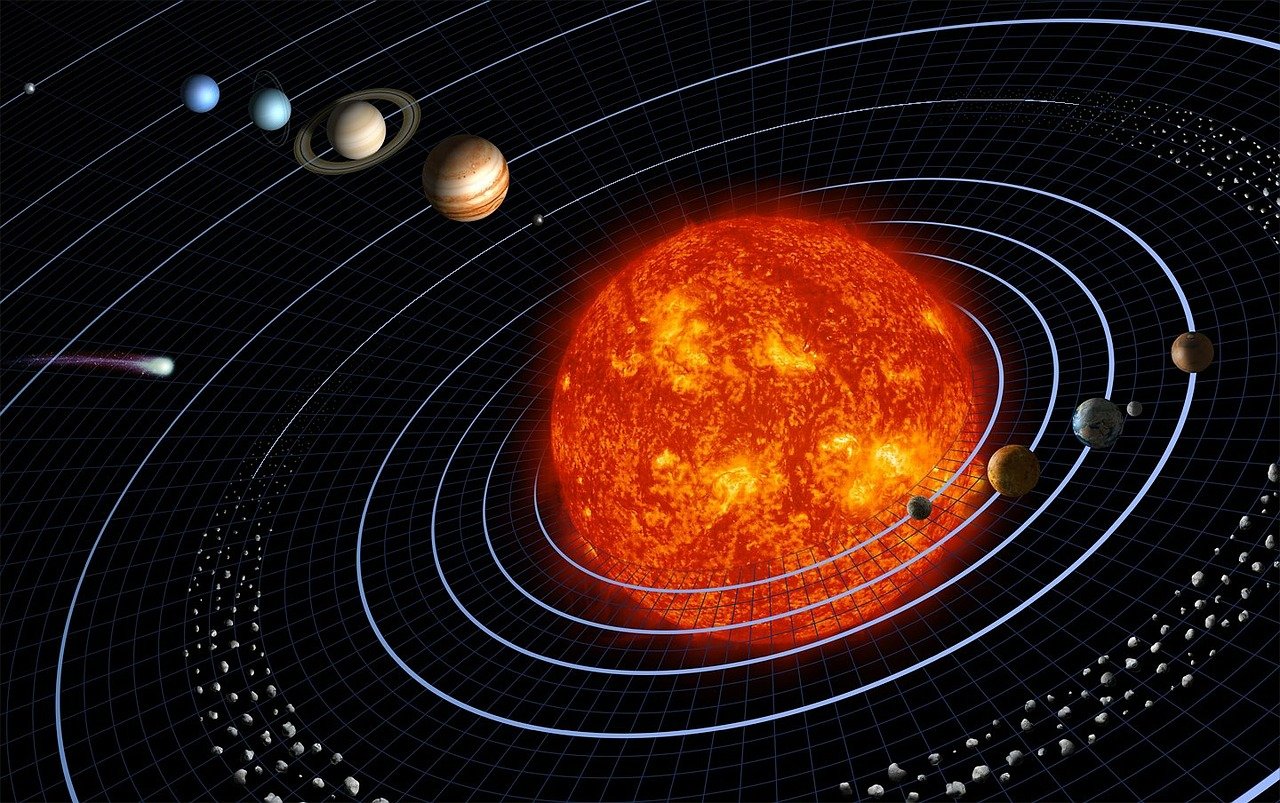The Close Approach of Gliese 710
Gliese 710 is a star. And it’s heading towards us. That’s the bad news (or the start of it anyway). The good news is this. It won’t be at it’s closest to us for about 1.2 million years. Phew, right? But let’s go through the facts of Gliese’s visit. Mainly because they are fascinating and potentially deadly.
Close approach of Gliese 710
Gliese is around 64 light years away from us at the moment. The New Horizons spacecraft is the fastest we have ever launched, travelling at an astonishing 36,000 mph. Even at this eye watering speed, to travel one light year would still take a slightly disappointing eighteen and a half thousand years.
Gliese is around 0.6 times the mass of our sun. Which may sound quite small, but it still places it as more than half a million times the mass of the earth. It’s also quite a dim star. At its closest, it will be 0.3 light years away, but still only around as bright as Venus in the night sky. For reference, our closest current star (apart from the Sun) is Alpha Centauri, a three star system around 4.2 light years away.
So what’s the problem?
It’s not going to happen for 1.2 million years and will still be 0.3 light years away. Why should we care beyond being intrigued? Because it has the potential to cause mass destruction. That’s why.
You see, it will come close enough to disturb the Oort cloud. The Oort cloud, if you are unaware, is a giant spherical shell that surrounds our solar system. It exists from around 0.3 light years away to 3.2 light years away from earth. Covering a huge, unimaginably large area of space.
It comprises trillions of pieces of ice and rock, ranging in size from small pieces to huge mountain sized chunks and larger. All under the gravitational pull of the Sun. If it was disturbed on a large enough scale, the inner solar system could get bombarded with comets and asteroids, all nudged from their slumber by Gliese.
The last time anything of this scale happened to earth was the Late Heavy Bombardment period, around 4 billion years ago when earth was turned into a giant ball of lava by the amount of impacts. No life, not even micro-organisms, could survive. This event is probably the reason we find no life on earth older than 3.7 billion years ago.
But that’s not all. Gliese 710 is huge in comparison to us. It could be dragging along its own planets and it’s own Oort cloud. Making things even more complicated. All that mass entering the solar system would cause chaos for millions of years to come. It could even disturb the orbit of Pluto, that’s how close it would come.
And lastly, the kicker. If it did send comets and asteroids raining down on us, we wouldn’t know for a couple of million years. That’s how long they would take to get here from the Oort cloud. It’s thought that Scholz’s Star, a brown dwarf, passed through the Oort cloud around 70,000 years ago. So maybe the comets and asteroids are already on their way. Our fate could have been sealed 70,000 years ago and we just don’t know it yet.
This video from Kurgesagt sums up the whole thing pretty well and also explains what would happen if a star came even closer.
